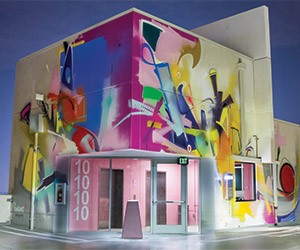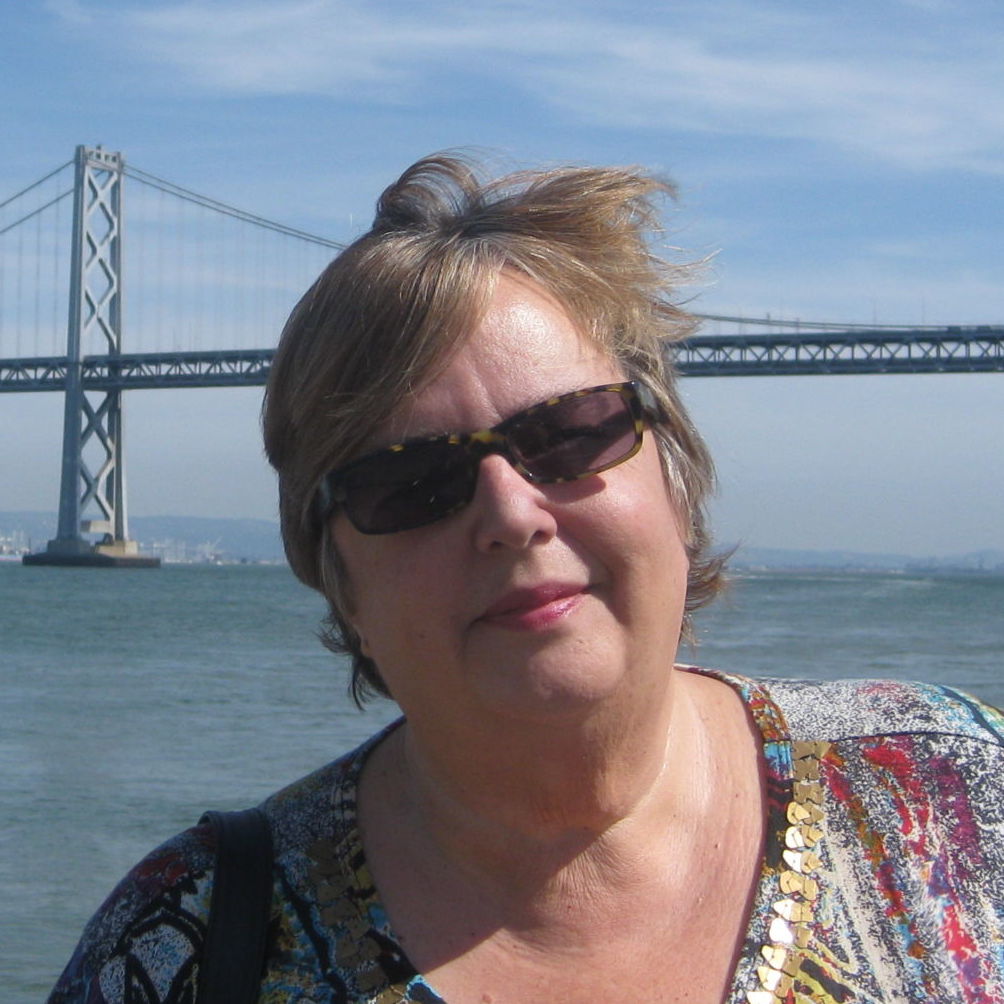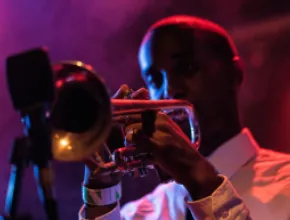Few places have as much momentum these days as Detroit, which is riding the crest of a rebirth that is bringing new hotels, restaurants, entertainment venues, art installations, parks, businesses, housing and other sparks of life to a city that had fallen on hard times just a decade ago.
Along with an influx of new residents, entrepreneurs and massive investment, Detroit is attracting a variety of new meetings business, according to David Beachnau, senior vice president of sales and marketing for the Detroit Metro CVB. In particular, the 2015 completion of a $279 million renovation and expansion of the Cobo Convention Center is having an impact, he said.
“It’s been a real game-changer for us,” he said. “We’re seeing more interest and growth from both the association and corporate side as well as pharmaceutical. The conversation has changed. There’s a different view of Detroit than there was even five years ago.”
A major priority for the CVB has been to bring meeting planners to the city for site inspections so they can see the changes for themselves, Beachnau added.
The Cobo expansion brought a 40,000-square-foot ballroom and a 30,000-square-foot glass atrium with views of the Detroit River and Windsor, Ontario, skyline. It also included Cobo Square, a 50,000-square-foot public plaza available for special events and new tech features that include a TV broadcast studio with satellite uplink capabilities and video walls on the exterior of the building.
A major focus of new development in the city is The District Detroit, a 50-block area of restaurants, parks, offices, hotels and visitor attractions. Venues include the Fox Theatre, a restored 5,048-seat movie palace from the 1920s that accommodates dinners for up to 800 guests in its ornate lobby; Comerica Park, home to the Detroit Tigers baseball team; and Ford Field, home to the Detroit Lions football team.
Set to open in The District in September is the 20,000-seat Little Caesars Arena, home to the Detroit Red Wings hockey team as well as a venue for concerts and other events. In addition, plans were announced for more than 200,000 square feet of retail and office development to be added throughout The District by 2020.
With Detroit already known as a great sports town, the addition of the Little Caesars Arena will further boost the city’s appeal not only to visitors, but also for sports-related meetings, Beachnau said.
“The sports market is a key niche area for us,” he said. “We also do a lot of promotion for youth tournaments, including soccer, softball and bowling, which are very big for our suburban properties.”
Also significant is Detroit’s continually expanding hotel and restaurant scene, according to Beachnau, who noted that several boutique properties are set to open within the next 18 months, boosting downtown hotel room inventory by over 500.
In May, the stylish 100-room Detroit Foundation Hotel opened across from Cobo Convention Center in a former firehouse. Other choices near the center include the recently renovated Westin Book Cadillac Hotel, Detroit Marriott at the Renaissance Center and the Aloft Detroit, which opened in the historic David Whitney Building in 2014.
“We’ve also seen over 100 restaurants open in the city in the last three years, with another 15 coming on-line soon,” he said. “There’s been a resurgence of people moving back into the downtown area, which has been a catalyst for new dining, entertainment and shopping. That, of course, is a benefit for meeting attendees as well.”
Another significant development is new transportation service linking key points in midtown and downtown Detroit, including Cobo Center, Detroit Institute of Arts, Comerica Park, Fox Theatre and the upcoming Little Caesars Arena. Making its debut in May, the QLINE streetcar runs north and south along Woodward Avenue, with expanded service during sports events, concerts and festivals.
Artful Detroit
Among new residents moving into the city are young artists drawn to affordable housing options and newly created studio space in former manufacturing buildings such as the Russell Industrial Center. This influx of creativity builds upon Detroit’s already strong artistic legacy that includes some of the country’s top galleries and museums, Beachnau said.
Murals and other art installations abound throughout Detroit, most notably the Z Garage, a downtown parking structure where the cement walls are a kaleidoscope of colorful mural art. Located on the ground floor of the garage is Punch Bowl Social, a restaurant and private event space that includes a table games room, bowling alley, arcade, karaoke bar and other features.
PageBreak
Z Garage is affiliated with the Library Street Collective, an arts organization dedicated to sponsoring public art that has a gallery devoted to changing exhibitions around the corner from the garage. Behind the gallery is The Belt, an alleyway between Broadway and Library Street, a space for rotating outdoor art installations and large-scale paintings.
Also showcasing local art is the Dequindre Cut Greenway, a former railway line converted several years ago into a public pathway that runs for a mile and a half along the Detroit River near the Eastern Market. Along the way are giant murals and other art installations sponsored by the Detroit Institute of Arts and other organizations.
Available for outdoor receptions with live entertainment, the new City Sculpture Park is a green expanse adorned with large-scale works by Detroit-born artist Robert Sestok as well as changing exhibitions. Sestok, who created the park, is part of Detroit’s Cass Corridor movement, which focuses on creating art pieces from metals, cables, bolts and other industrial materials.
The city’s leading showcase for art, the world-class Detroit Institute of Arts, is also one of its most versatile event venues, including such areas as the Rivera Court, where the 27 panels of Diego Rivera’s masterwork mural Detroit Industry is an inspiring backdrop for events for up to 300 people. The museum’s many other event spaces include the Great Hall, which accommodates up to 500 people, as well as a 1,000-seat auditorium and the intimate Loggia Courtyard.
Another cultural treasure is the Charles H. Wright Museum of African American History, where a wide variety of function spaces include the spectacular Ford Freedom Rotunda, where up to 500 people can gather under a glass dome nearly as wide as the U.S. Capitol dome. Others include the Contemporary Artist Gallery, which accommodates seated banquets for up to 300, and the newly renovated 217-seat General Motors Theater.
Metro Area
Beyond the city, the surrounding region also offers outstanding options for groups, Beachnau noted. Among them is the chance to include an excursion to Windsor, Ontario, which lies just across the Detroit River.
“One of the unique things we offer is the chance to easily dip into another country—a lot of people don’t realize that we’re on an international waterway bordering Canada,” Beachnau said. “Windsor offers great restaurants and other attractions.”
In nearby Dearborn the many must-see attractions include the Henry Ford Museum of American Innovation—a 12-acre tribute to American innovation and historic milestones that includes a circular aluminum house designed by Buckminster Fuller, Lincoln’s chair from Ford’s Theater, the Rosa Parks bus, classic automobiles and much more. Among event spaces are the Giant Screen Experience, which offers state-of-the-art audiovisual, and Driving America Car Court, where up to 500 guests can gather against a backdrop of neon drive-in signs and other classic Americana. Also part of the Henry Ford complex, Greenfield Village, the largest open-air museum in the U.S., is where visitors can ride around in replicas of Model T roadsters down streets lined with vintage buildings that include the Illinois courthouse and Thomas Edison’s research lab. Event spaces include the Eagle Tavern, built in 1831 as a stagecoach stop, where groups can have candlelit dinners served by costumed waiters in 19th century garb.
In Grosse Pointe Shores, the Edsel & Eleanor Ford House, the early 20th century family home of Henry Ford’s son, is another popular event venue. Located along the shores of Lake St. Clair, the estate offers an English-style mansion open for tours, spacious landscaped grounds that can accommodate groups as large as 10,000, and a visitor’s center with function rooms accommodating from 10 to 200 people.







